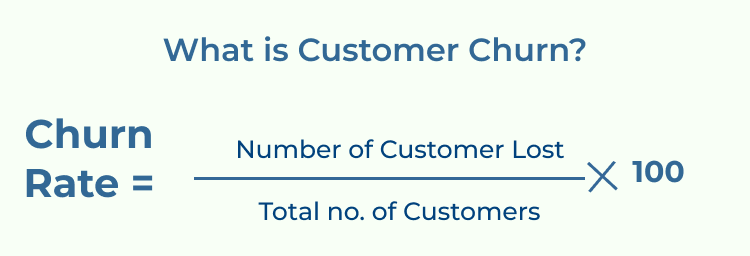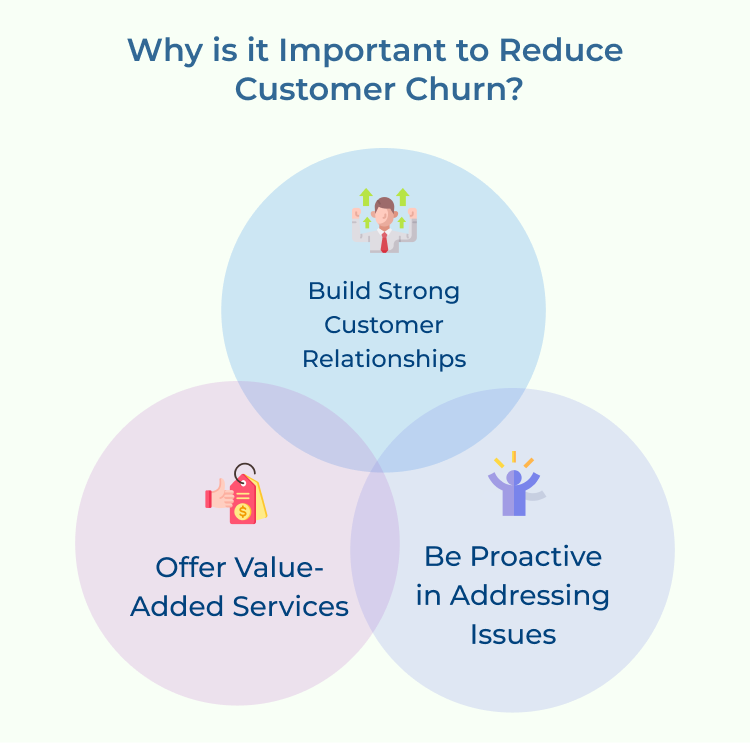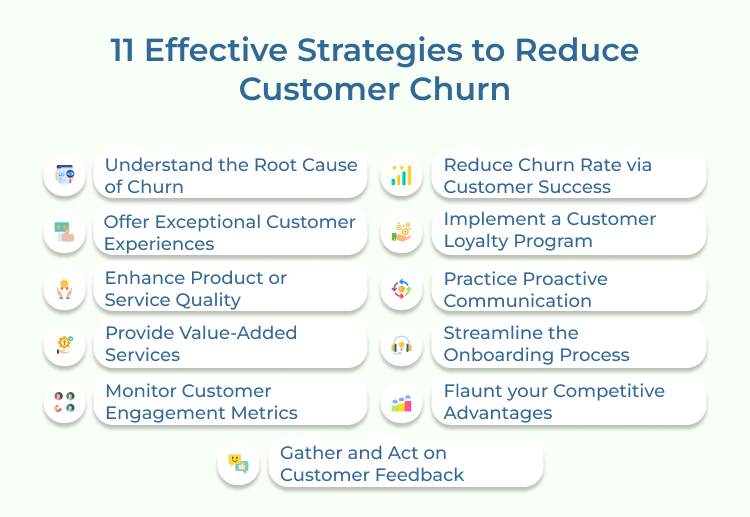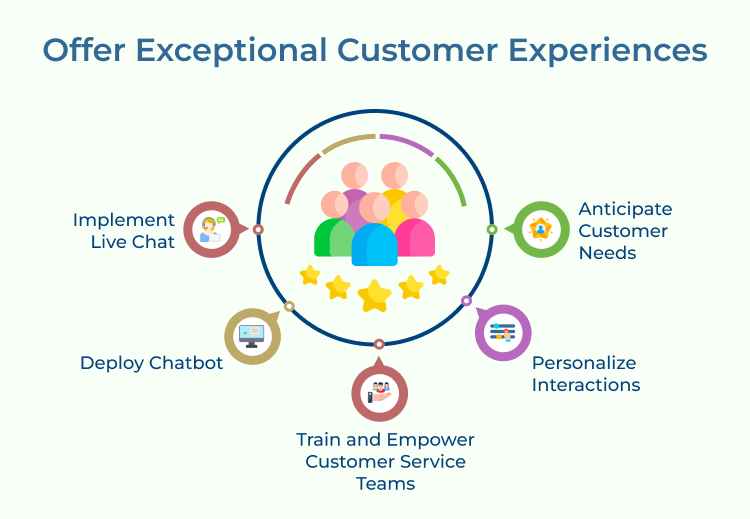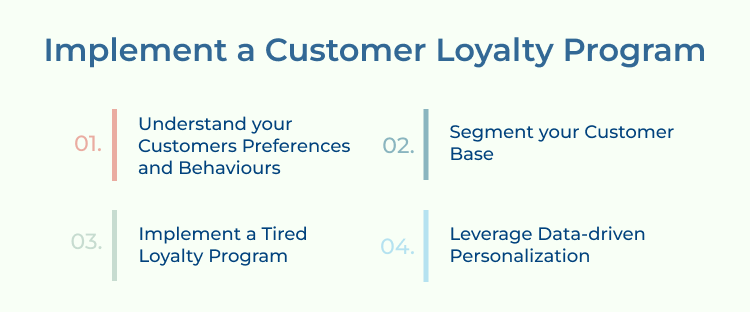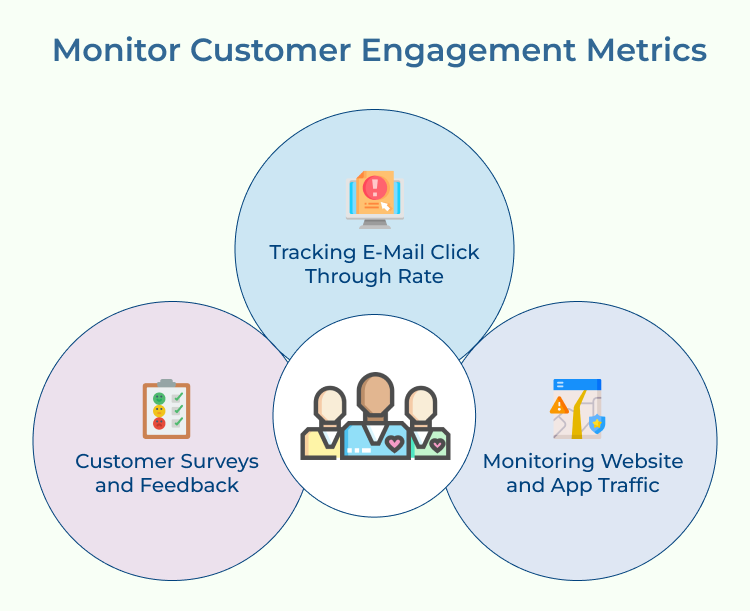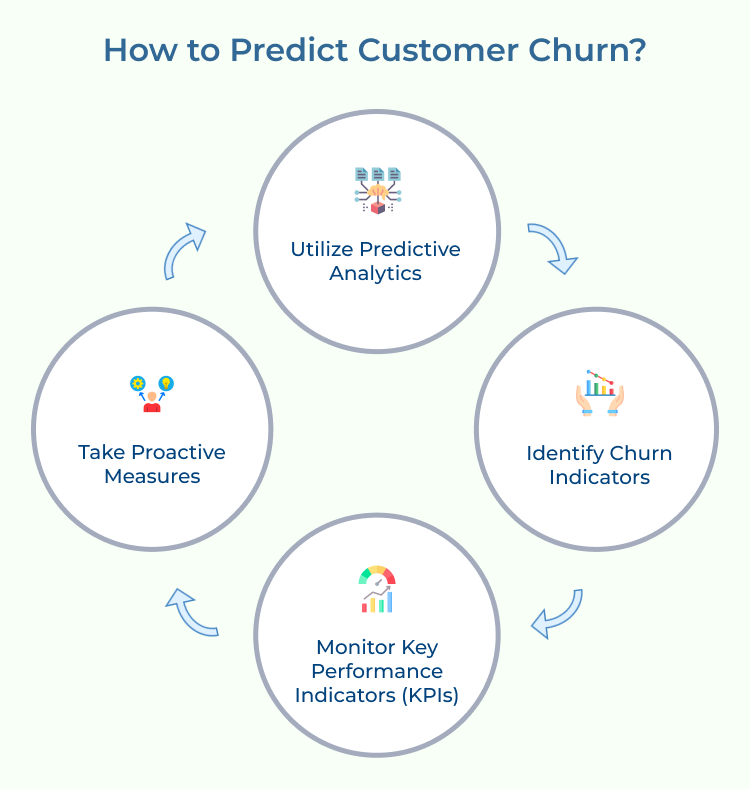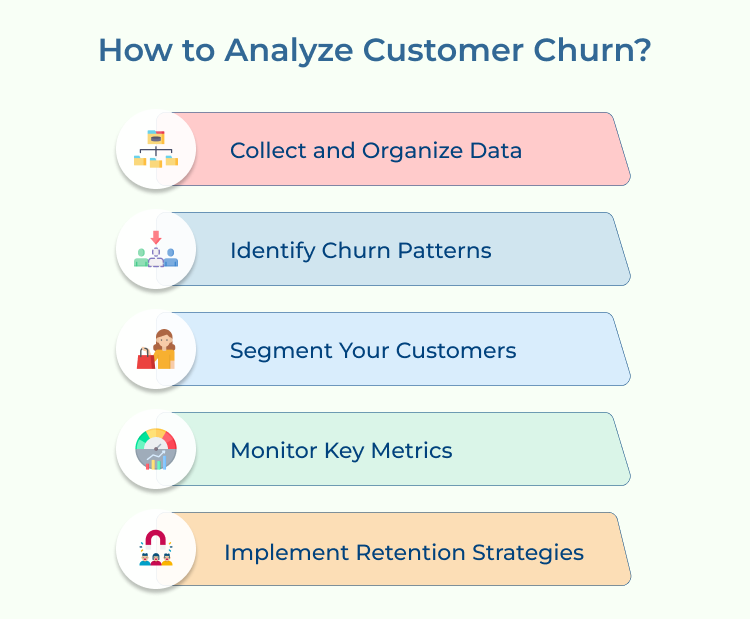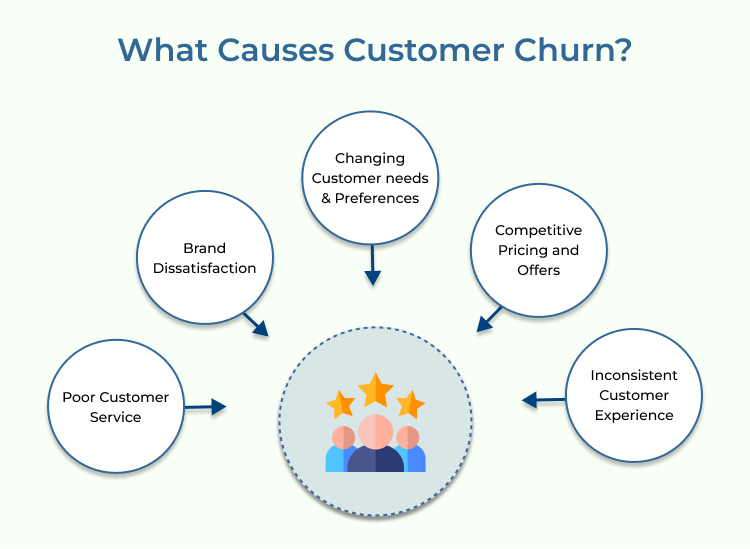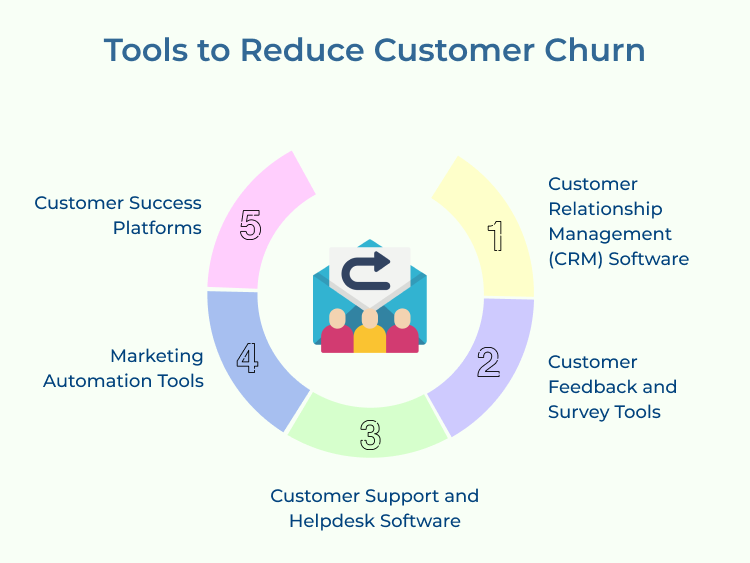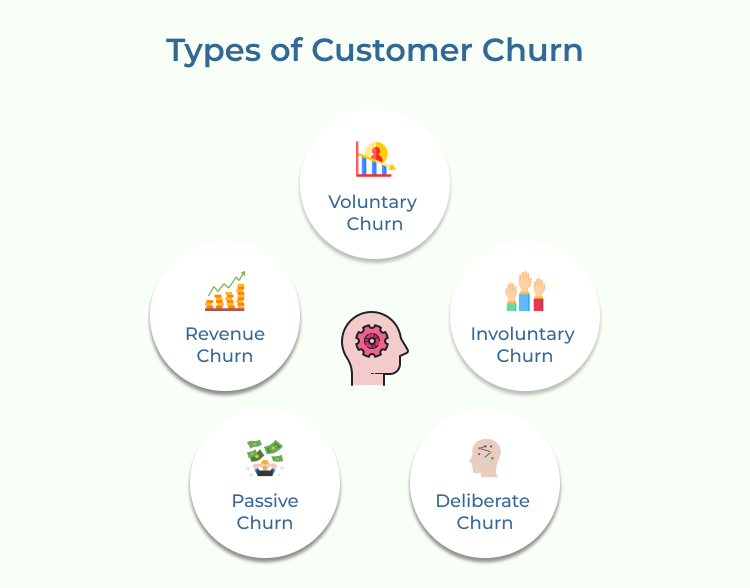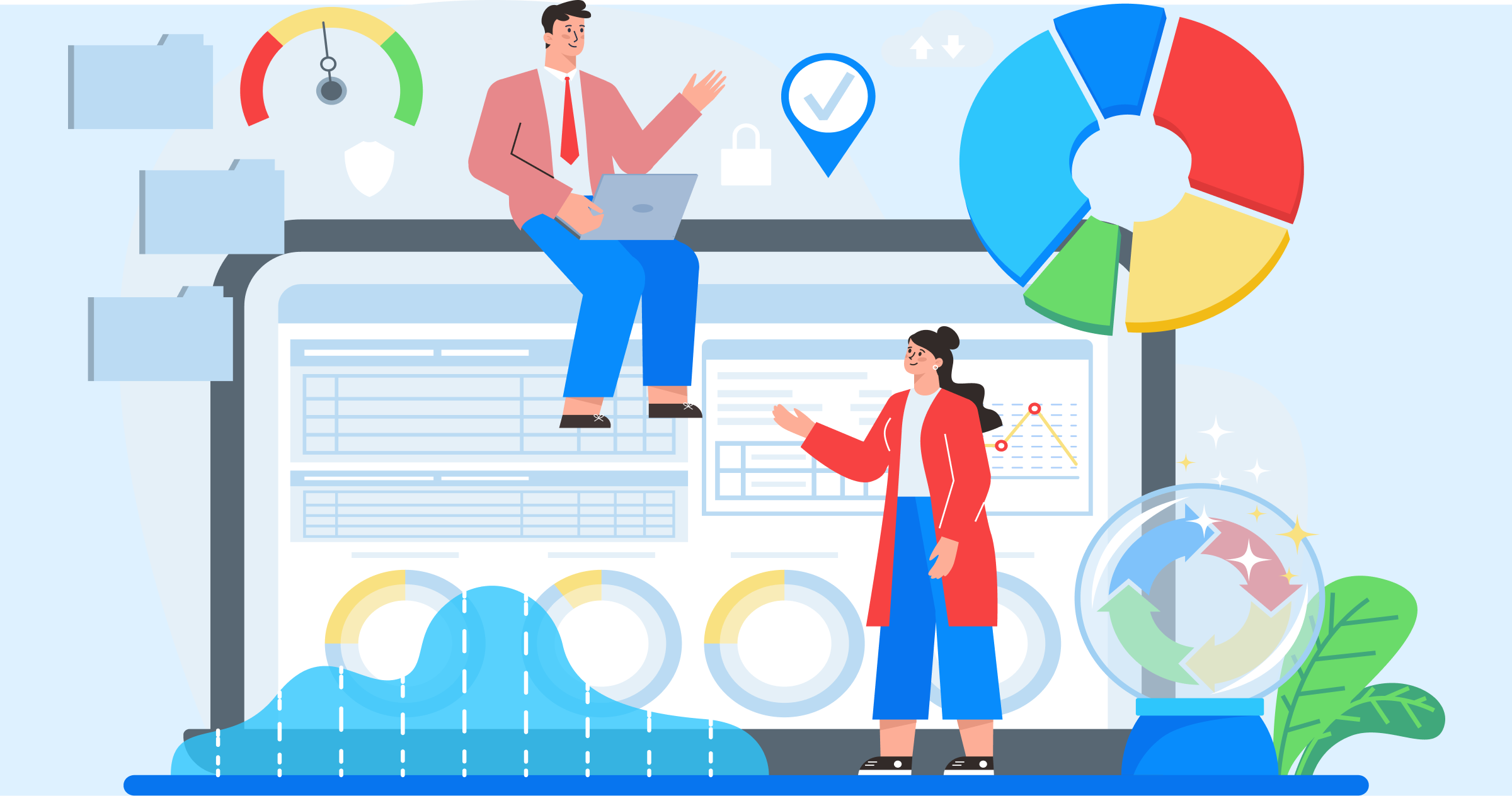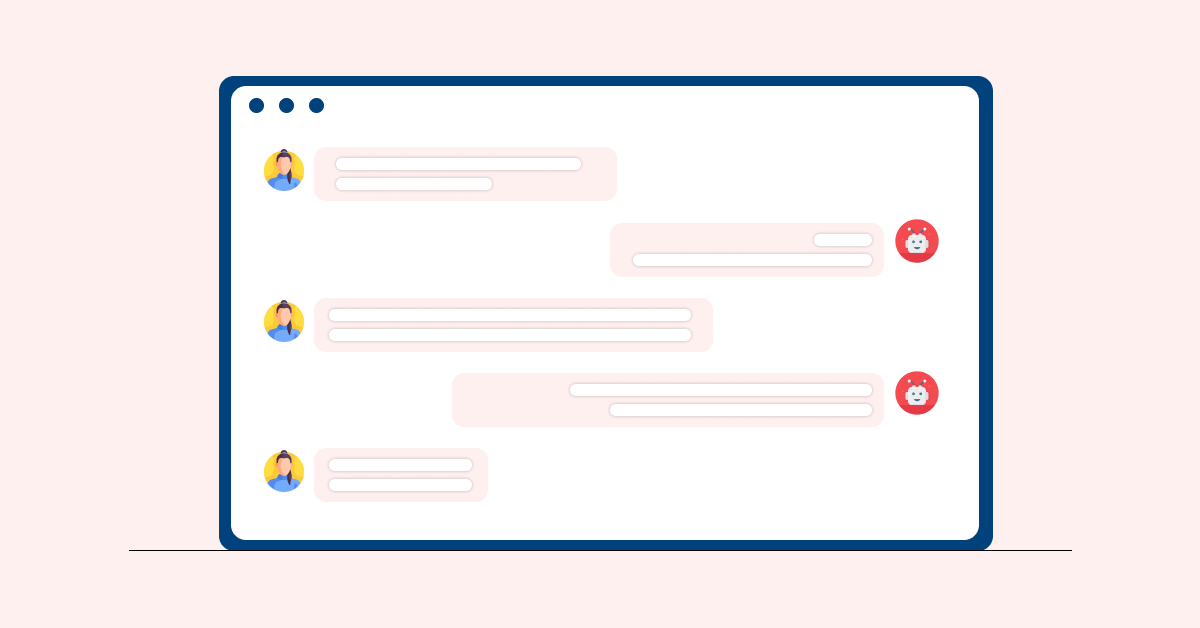Another huge benefit is that such a customer is likely to recommend you to many others and this also helps with customer acquisition. By offering incentives such as discounts, exclusive access, businesses can entice customers to stay engaged and continue their relationship with their brand.
Tips to follow:
- Reward loyal customers with exclusive discounts, perks, or rewards.
- Gamify your loyalty program to engage your customers even more.
- Encourage repeat business through loyalty points or incentives for referrals.
- Promote the benefits of your loyalty program to customers to encourage participation.
5. Enhance Product or Service Quality
Customers are more likely to churn if they are dissatisfied with the product or service they receive.
So, in order to improve product quality, dive deep and think about what is your key offering or what is your USP. How do you plan to help solve your customers’ problems and what is the unique thing about your product?
Focus towards improving product features, functionality and performance based on customer feedback. Thus businesses can ensure that customers are satisfied and engaged.
Tips to follow:
- Continuously gather and analyze customer feedback to identify areas for improvement.
- Invest in research and development to enhance the features of your product or service.
- Fine-tune your product messaging so as to solve all your customer’s pain points.
- Conduct regular quality assurance checks to ensure consistency and reliability.
6.Practice Proactive Communication
Communication is key in retaining customers. Proactively reaching out to customers to address their needs, answer their questions and provide updates helps businesses can build trust.
Providing value-added services, such as personalized recommendations or additional resources, can also help keep customers engaged and satisfied.
Tips to follow:
- Keep customers informed about new features, updates and promotions through regular communication channels.
- Address customer concerns promptly and transparently to build trust and credibility.
- Provide clear communication to avoid misunderstandings and ensure customer satisfaction.
7. Provide Value-Added Services
Providing value-added services can also help in preventing customer churn to great extent.
Businesses should offer additional services, features, or benefits that complement the core product/service. It enhances the overall customer experience and increase customer satisfaction.
Value-added services can differentiate a business from competitors and create additional value for customers.
Tips to follow:
- Offer additional services or features that complement your core products and services.
- Educate customers to navigate through your product smoothly and make the most of it.
- Customize solutions to meet individual customer needs and add value to their experience.
8. Streamline the Onboarding Process
Most companies face unexpected churn rates during the first few weeks after acquisition. It is probably because of a bad onboarding experience that your customers would have faced.
An efficient onboarding process help customers maximize the value of the products or services. By providing clear instructions, training materials and support during the onboarding phase, businesses can increase customer retention.
Tips to follow:
- Simplify the onboarding process to reduce friction and make it easy for new customers to get started.
- Provide comprehensive onboarding materials like demo videos, tutorials to help customers to understand your product or service.
- Track customer progress during onboarding and intervene when necessary to ensure a smooth transition.
9. Monitor Customer Engagement Metrics
Tracking customer behavior, interactions and feedback help businesses to identify at-risk customers, also proactively address their needs.
Customer engagement metrics can provide valuable insights into customer preferences, pain points and satisfaction levels, helping businesses to tailor their retention strategies accordingly.

